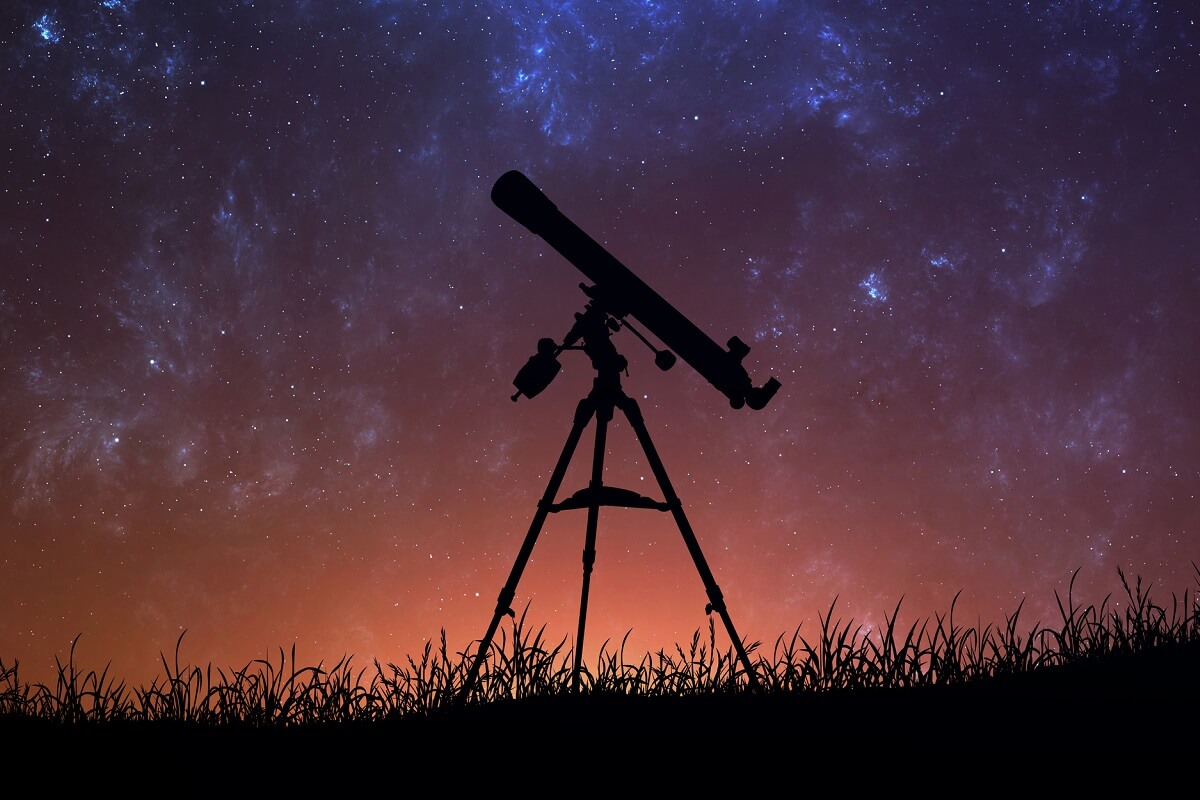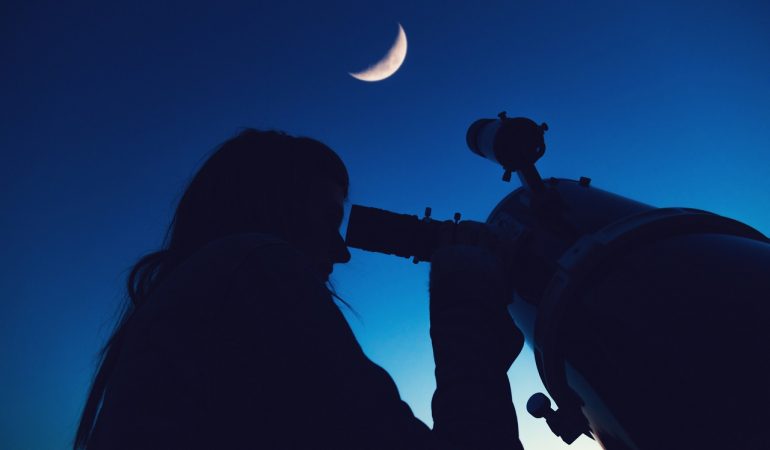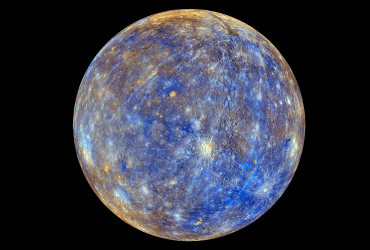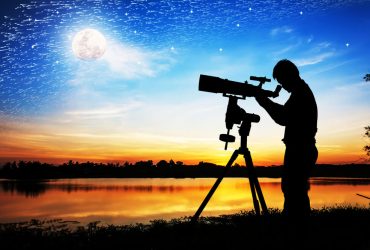How To Calculate Telescope Magnification?
A telescope’s magnification determines what you can observe in the night sky.
A high magnification lets you see planets and moons, while a lower magnification paired with a wide field of view is better for observing deep sky objects.
When you are shopping for a telescope, the magnification will be displayed on the packaging or indicated in the product description.
You can also calculate it yourself using focal length.
Knowing how to calculate telescope magnification is not just useful when buying a telescope; it’ll also come in handy later when you decide to get a new eyepiece.
You’ll need to know how much power or magnification the new eyepiece will provide.
How To Calculate Telescope Magnification?

Calculating the magnification of a telescope is simple enough that in many cases, you’ll be able to quickly do the calculation in your head.
The formula for calculating telescope magnification is focal length of the objective lens or mirror/focal length of the eyepiece.
In other words, you decide the focal length of the telescope (which is the objective or primary lens) by the focal length of the eyepiece.
Let’s show a quick example.
The Celestron AstroMaster 130EQ Reflector Telescope, a great choice for most amateur astronomers, has a focal length of 650mm.
- It comes with two eyepieces: 10mm and 20mm.
- The telescope magnification when you look through the 10mm eyepiece is 650mm/10mm = 65x.
- The telescope magnification when you look through the 20mm eyepiece is 650mm/20mm = 32.5x
When you are calculating a telescope’s magnification, make sure you are using the same units of measurement.
Eyepiece focal lengths are almost always indicated in mm. But sometimes, telescope focal length is given in inches. First convert inches to mm before calculating magnification.
Does Aperture Affect Magnification?
You may have noticed there’s a pretty important figure that’s not involved in the calculation of a telescope’s magnification – the aperture.
The aperture is the diameter of the primary lens or mirror. This is where light gets into the telescope.
The wider the aperture, the more light the telescope receives, and the brighter and more detailed the resulting images will be.
While aperture is not used to calculate magnification, it’s still a big factor in determining how clearly images appear. In other words, aperture does not affect magnification but it determines a telescope’s resolution.
Theoretically, you could pair a telescope with a long focal length (say 2000mm) with an eyepiece that has a very small focal length (say 5mm) to get high magnification, in this case 400x.
In reality, it doesn’t work like that. You cannot increase magnification to whatever power you want by changing the eyepiece. You’ll quickly be limited by the aperture.
As magnification increases, the aperture’s field of view decreases. It also collects less light. At very high magnification, you won’t get any decent images with your telescope.
All telescopes have a maximum practical magnification beyond which image quality drastically deteriorates. It’s usually 40-60 times the size of the aperture in inches or about twice in mm.
The Celestron AstroMaster 130EQ telescope we mentioned above has an aperture of 130mm or 5.11 inches.
The maximum theoretical magnification given by the manufacturer is 307x (5.11” * 60).
Some companies love to tout the extra-high magnifications of their telescopes. But aperture is more important in determining the true capability of a telescope.
A larger aperture lets you see more details such as craters on the moon and makes it easier to observe faint objects such as galaxies and double stars.
The video below illustrates the importance of aperture. You can see how the telescope’s resolution changes with an increase in aperture, and how limited an effect increasing magnification has.
What is a Good Magnification for a Telescope?
The best magnification depends on what you plan to observe with your telescope. It may seem like a no-brainer, but more magnification is not always better.
In some cases, too much power could get in the way of clear sky observations. This is especially so with beginner telescopes that have smaller apertures.
There are two general types of celestial observations. There are close observations where you look at planets and moons, and deep sky observations where you look at galaxies, nebulae and other far away objects.
Best Magnification For Moon And Planets
Close observations (lunar and planetary) require higher magnification so that you can make out details such as craters on the moon and the rings on saturn. 25x-30x magnification is the minimum range to see the moon and planets.
The moon should appear bright and big at this magnification.
Increasing magnification brings up details like craters, but you need to be observing on a clear night away from urban lighting to see highly detailed images of the moon.
At less than 50x, planets will appear as tiny dots or discs and it’s easy to confuse far away planets like Uranus and Neptune for stars. You can see Jupiter and four small dots around it representing its four largest moons.
Between 50x and 100x, you’ll start to see more planetary details. You can see hues on planets like Mars and Jupiter, and you can even see a hint of Saturn’s rings.
At 100x you can see more details on planets like ice caps on mars and the Great Red Spot on Jupiter.
At 200x, you can get some really impressive views of planets with lots of details. But such magnification is usually not possible with a beginner telescope. Atmospheric conditions can also make it difficult to get a clear image.
Best Magnification For Deep Sky Objects
Deep sky observations require a low power telescope. That’s because you need to capture as much light as possible to see dim far away objects.
Increasing magnification reduces brightness, and limits how well you can observe nebulae and galaxies.
You’ll also need the widest aperture telescope you can get to capture plenty of light and get a wide field of view.
When observing deep sky objects, start with the lowest power eyepiece you have. You can usually see plenty while staying under 30x of magnification.
The only exception is observing double stars. You may need more magnification and resolution than a beginner telescope can offer to see individual stars in a binary star system.



